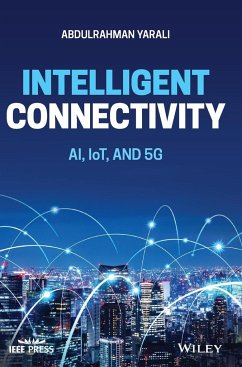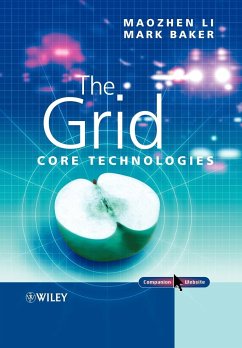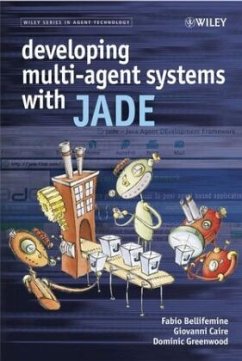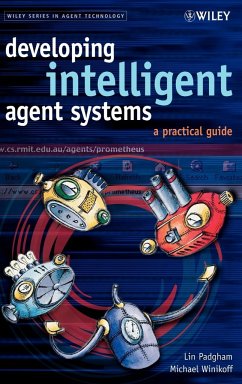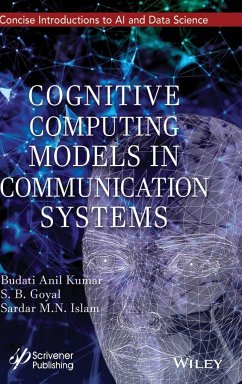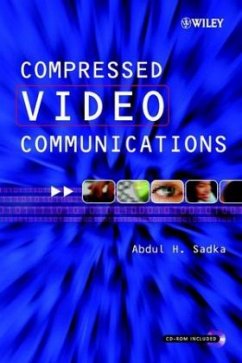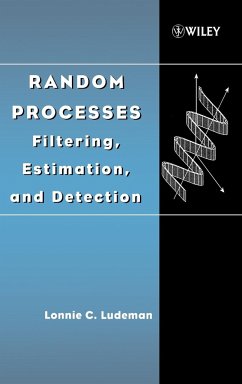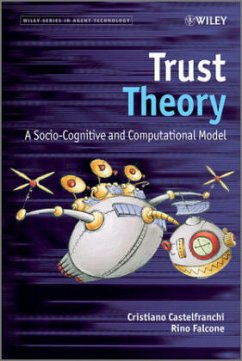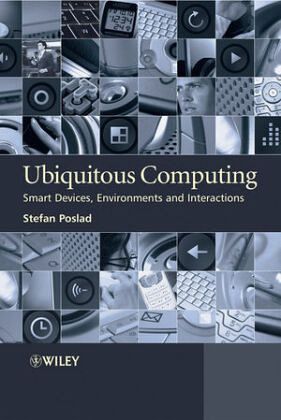
Ubiquitous Computing
Smart Devices, Environments and Interactions
Versandkostenfrei!
Versandfertig in über 4 Wochen
123,99 €
inkl. MwSt.
Weitere Ausgaben:

PAYBACK Punkte
62 °P sammeln!
Bringing together an array of wireless technologies, Ubiquitous Computing provides a rounded introduction to this complex field. The text compiles current visions of mobile wireless networks and services, human-oriented but invisible artifacts, sensors and self-organizing P2P network models that need to be autonomic with intelligent artifact, networks, services and environment design. Here, graduate students, ICT professionals, and software and network developers will discover how current technology models based upon mobile wireless services relate to and can evolve to support the ubiquitous computing vision.
This book provides an introduction to the complex field of ubiquitous computing
Ubiquitous Computing (also commonly referred to as Pervasive Computing) describes the ways in which current technological models, based upon three base designs: smart (mobile, wireless, service) devices, smart environments (of embedded system devices) and smart interaction (between devices), relate to and support a computing vision for a greater range of computer devices, used in a greater range of (human, ICT and physical) environments and activities. The author details the rich potential of ubiquitous computing, the challenges involved in making it a reality, and the prerequisite technological infrastructure. Additionally, the book discusses the application and convergence of several current major and future computing trends.
Key Features:
Provides an introduction to the complex field of ubiquitous computing
Describes how current technology models based upon six different technology form factors which have varying degrees of mobility wireless connectivity and service volatility: tabs, pads, boards, dust, skins and clay, enable the vision of ubiquitous computing
Describes and explores how the three core designs (smart devices, environments and interaction) based upon current technology models can be applied to, and can evolve to, support a vision of ubiquitous computing and computing for the future
Covers the principles of the following current technology models, including mobile wireless networks, service-oriented computing, human computer interaction, artificial intelligence, context-awareness, autonomous systems, micro-electromechanical systems, sensors, embedded controllers and robots
Covers a range of interactions, between two or more UbiCom devices, between devices and people (HCI), between devices and the physical world.
Includes an accompanying website with PowerPoint slides, problems and solutions, exercises, bibliography and further reading
Graduate students in computer science, electrical engineering and telecommunications courses will find this a fascinating and useful introduction to the subject. It will also be of interest to ICT professionals, software and network developers and others interested in future trends and models of computing and interaction over the next decades.
Ubiquitous Computing (also commonly referred to as Pervasive Computing) describes the ways in which current technological models, based upon three base designs: smart (mobile, wireless, service) devices, smart environments (of embedded system devices) and smart interaction (between devices), relate to and support a computing vision for a greater range of computer devices, used in a greater range of (human, ICT and physical) environments and activities. The author details the rich potential of ubiquitous computing, the challenges involved in making it a reality, and the prerequisite technological infrastructure. Additionally, the book discusses the application and convergence of several current major and future computing trends.
Key Features:
Provides an introduction to the complex field of ubiquitous computing
Describes how current technology models based upon six different technology form factors which have varying degrees of mobility wireless connectivity and service volatility: tabs, pads, boards, dust, skins and clay, enable the vision of ubiquitous computing
Describes and explores how the three core designs (smart devices, environments and interaction) based upon current technology models can be applied to, and can evolve to, support a vision of ubiquitous computing and computing for the future
Covers the principles of the following current technology models, including mobile wireless networks, service-oriented computing, human computer interaction, artificial intelligence, context-awareness, autonomous systems, micro-electromechanical systems, sensors, embedded controllers and robots
Covers a range of interactions, between two or more UbiCom devices, between devices and people (HCI), between devices and the physical world.
Includes an accompanying website with PowerPoint slides, problems and solutions, exercises, bibliography and further reading
Graduate students in computer science, electrical engineering and telecommunications courses will find this a fascinating and useful introduction to the subject. It will also be of interest to ICT professionals, software and network developers and others interested in future trends and models of computing and interaction over the next decades.





